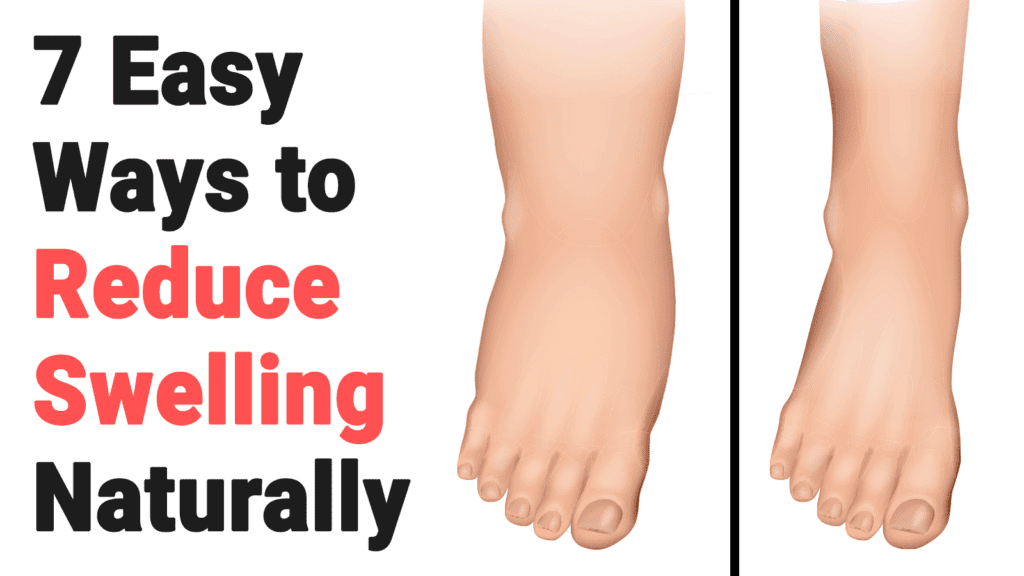Understand the causes of arthritis in fingers and hands and how to relieve pain.
Arthritis in fingers can be a debilitating condition. The pain and inflammation can affect every aspect of your life, from your ability to perform daily tasks to your sleep quality. But the good news is there are natural ways to relieve the symptoms of arthritis in fingers and improve your quality of life.
This article will explore those solutions and give practical tips to discuss with your primary care physician.
Five Primary Causes of Arthritis in Fingers
Arthritis in fingers is a common but complex condition with various potential causes. These can range from age-related changes and genetic factors to certain diseases. Understanding these causes can help in managing and potentially even preventing the condition.
Everyone is unique, and what works well for one person may not be as effective for another. Always consult with a healthcare professional when trying new treatments for arthritis in fingers. They can provide custom-tailored guidance based on your medical history and health status.

Know these causes of arthritis in fingers:
By understanding the causes of arthritis in fingers, you can discover a regimen that best helps relieve your arthritis symptoms and enhance your overall well-being.
- Age-related changes: One of the leading causes of arthritis in fingers is simply age. As we age, the cartilage in our joints, including the fingers, degrades and loses its cushioning ability. This wear and tear can lead to developing osteoarthritis, the most common form of the disease. Though it can affect anyone, it’s more prevalent in people aged fifty and above.
- Genetics: Genetics may play a crucial role in the onset of arthritis in fingers. Certain genetic traits can make some people more prone to developing this condition. For instance, people with a family history of arthritis may be more likely to experience arthritis in their fingers. Studies have also identified specific genes that may be associated with higher risks of certain types of arthritis.
- Injuries and overuse: Previous injuries or overuse of the fingers can lead to post-traumatic arthritis, another form of arthritis affecting the fingers. People who engage in activities or jobs that stress their finger joints (like musicians, typists, or manual laborers) are particularly susceptible. These repetitive activities can cause the cartilage in the finger joints to wear down faster, leading to arthritis over time.
- Autoimmune disorders: Arthritis in fingers can also result from autoimmune disorders. In these cases, the body’s immune system mistakenly attacks its tissues, including the joints. Rheumatoid arthritis is an autoimmune disorder. It can often affect the small joints of the hands and fingers. The precise cause of autoimmune disorders is not fully understood. Still, a combination of genetics and environmental factors may trigger the immune response.
- Metabolic disorders: Certain metabolic disorders can lead to arthritis in fingers. For example, gout, a form of arthritis caused by excess uric acid in the body, can affect the finger joints. The uric acid forms crystals that deposit in the joints, causing inflammation and pain. Gout is usually associated with a diet rich in purines, foods like red meat and seafood, and in certain alcoholic beverages.
How to Relieve Arthritis in Fingers
Regularly practicing these therapies can help you develop a more positive relationship with your body and manage your arthritis symptoms more effectively. Check in with your primary care physician to ensure these ten natural healing methods suit you.
1 – Physical Therapy and Exercises
One of the most effective ways to naturally relieve arthritis in fingers is through physical therapy and targeted exercises. These aim to strengthen the muscles around your joints, improve flexibility, and reduce pain. A certified physical therapist can guide you through specific exercises suited to your needs.
Hand exercises like finger bends, thumb bends, and finger lifts are great for arthritis in fingers. However, you should consult a healthcare professional before beginning a new exercise regimen. They can help you understand your limits and avoid activities that might exacerbate your symptoms.

2 – Heat and Cold Therapies
Another popular approach to easing arthritis in fingers is heat and cold therapy. A warm compress can improve blood circulation and relax your muscles, helping to reduce joint stiffness. On the other hand, a cold pack can numb the area and reduce swelling, providing relief from pain.
Remember, if you’re using heat or cold therapy for arthritis in fingers, protect your skin. Wrap the heat pad or ice pack in a lightweight towel before applying it to your skin to prevent burns or frostbite.
3 – Healthy Diet
The quality of what you eat is vital in managing arthritis in fingers. Certain foods can help reduce inflammation and alleviate symptoms. Omega-3 fatty acids are particularly beneficial in fatty fish, walnuts, and flaxseeds. Fruits and vegetables rich in antioxidants, like blueberries, strawberries, cherries, and spinach, can also help combat inflammation.
Avoid processed foods and sugary drinks, increasing inflammation and worsening arthritis symptoms. Instead, choose a balanced diet rich in lean proteins, whole grains, fruits, and vegetables.
4 – Massage Therapy
Massage therapy is a soothing way to relieve arthritis in fingers naturally. It helps relax the muscles, reduces tension, and increases the range of motion in the affected joints. Professional therapists who specialize in arthritis massage can provide targeted relief.
However, you can also learn some self-massage techniques for your fingers. This practice can be beneficial as you can apply them whenever you feel discomfort.
5 – Supplements
Certain natural supplements can also help alleviate arthritis in fingers. For instance, turmeric and its active component, curcumin, have potent anti-inflammatory properties. Glucosamine and chondroitin, naturally found in cartilage, are often recommended by doctors for arthritis.
Before taking any supplements, always consult with a healthcare specialist. They can advise on the correct dosage and potential interactions with other supplements or foods.
6 – Herbal Remedies
Herbal remedies have long worked in traditional medicine for many ailments, including healing arthritis. Herbs like ginger and green tea possess potent anti-inflammatory properties that could help ease pain and swelling. Always consult a healthcare professional before working on new herbal remedies in your routine, as some may interact with other medications or supplements you may be taking.
7 – Acupuncture
Acupuncture, a staple of traditional Chinese medicine, can be a beneficial treatment for arthritis-related swelling and inflammation,
The art of acupunctures involves inserting skinny needles into specific points on the human body to balance the body’s energy and stimulate healing. While the exact process is not fully understood, some studies suggest that acupuncture can help reduce arthritis pain, at least providing relief for the short term.
8 – Essential Oils
Essential oils, like lavender, eucalyptus, peppermint, and rosemary, may be pain-relieving and anti-inflammatory. These can be used in massage, added to a warm bath, or diffused into the air. However, you must use them cautiously, especially if you have allergies or easily irritated skin.
Always dilute essential oil products in a carrier oil before applying them to the skin. Failure to do so could result in irritation.
9 – Hydrotherapy
Hydrotherapy, or water therapy, is another method that can help soothe arthritis in fingers. The buoyancy of water can make movements more manageable and less painful, allowing for gentle exercise. Warm water can also help to relax sore muscles and reduce stiffness. This practice can be done at a local health club, in a physical therapy center, or even in your home if you have a suitable tub.
10 – Mind-Body Therapies
Mind-body therapies like meditation, yoga, and Tai Chi can help manage the stress and discomfort of arthritis in fingers. These practices promote relaxation, reduce stress, and improve overall well-being.
Final Thoughts on the Causes of Arthritis in Fingers and How to Relieve the Inflammation and Pain
Arthritis in fingers can be challenging to deal with. However, numerous natural ways exist to relieve symptoms and improve hand function. From physical therapy and exercises to a healthy diet and mind-body therapies, you have several tools at your disposal.
While arthritis in fingers can be challenging, it’s far from impossible. By understanding the condition and incorporating a variety of natural remedies, you can successfully manage those painful symptoms and maintain a high quality of life.
As a reminder, always consult your primary care doctor before starting any new regimen to ensure it’s safe and suitable for your needs. With the right combination of natural remedies, arthritis in fingers can be managed effectively, leading to a better quality of life.


















